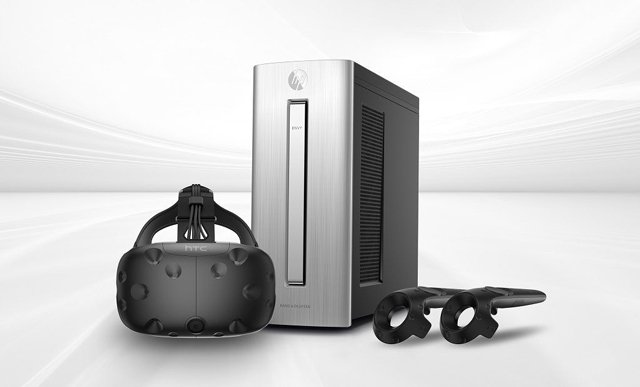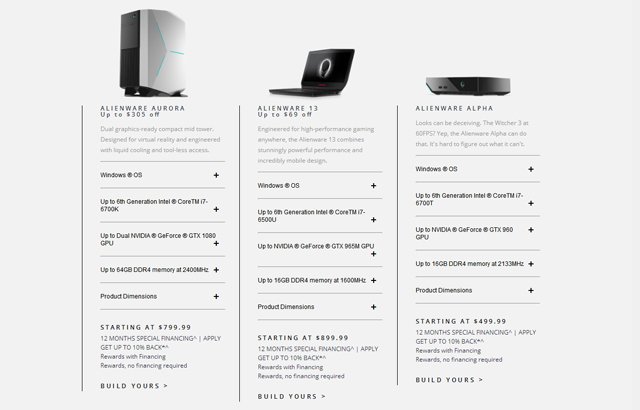Released the bondage of global VR manufacturers to actively reduce VR PC standards
Recently, HTC teamed up with HP Computer of the United States to introduce a VR-Ready high-performance custom desktop machine for comprehensive support of htc vive head display. It is reported that with the addition of the HTC Vive Headset, the price of this VR set containing an HP Envy desktop (HP Envy 750-415VHR) is only US$1,499, which is a fraction of the current number of popular VR solutions on the market. One hundred dollars.

In terms of configuration, the HP Envy 750-415VHR desktop host is equipped with a 8GB Radeon RX 480 graphics card, with a thoughtfully installed 128GB system SSD (Solid State Drive) and a 1TB mechanical hard drive for storage, and comes with a mouse. Keyboards and other accessories, but if the customer needs a monitor, it would cost extra to configure.
Xiaobian reviews:
As early as before Oculus Rift CV1 was officially launched, the company launched an official VR-Ready custom computer for its products and computer partners, but its expensive price of thousands of dollars made many VR enthusiasts sad. Come.

However, with the further development of the VR industry, this status has undergone a significant change. At present, more and more computer manufacturers and related hardware companies have set their sights on this vast market. The cost-effective VR-Ready host that is more suitable for the operation of VR devices has been continuously introduced, and the threshold for PC VR experience has been continuously introduced. It was artificially "pulled down."
In addition to the efforts of related peripheral manufacturers, HTC, Oculus, and other major global VR head-display manufacturers are also active in their product perspectives, and continue to reduce VR head-display equipment for PCs through product hardware and software upgrades. "The burden", on the other hand, reduces the hard requirements of the VR device for operating the platform.
At the Oculus Connect 3 conference on October 7, Oculus announced that it will redefine the PC performance minimum hardware requirements of the Oculus Rift through a new algorithm named asynchronous timewarp, and will reduce the cost of related PC operating platforms. To about 500 US dollars.
The configuration requirements are as follows:
Nvidia GTX 960 and above
Intel i3-6100/AMD FX4350 and above
8GB memory and above
Windows 8 and above
In the long run, the reduction of the PC VR experience threshold will show a declining trend for a long time to come.
This is undoubtedly a good thing for the development of the entire VR industry, because this trend will inevitably promote the further promotion and popularization of VR in the global scope, and let VR get rid of the embarrassing and embarrassing situation in the past to meet its own needs. The positioning of the "next generation Internet platform" has entered people's lives.
However, we also insist that this reduction of “requirements†and “thresholds†must not be biased towards the expense of “VR experience†as a “criticism,†but that it should be established as many current global manufacturers do. On the basis of the overall improvement of PC technology and VR technology, otherwise this will inevitably cause great misfortune for the future development of the entire VR industry.